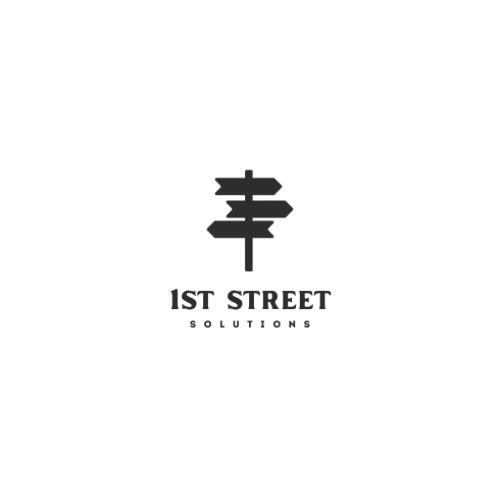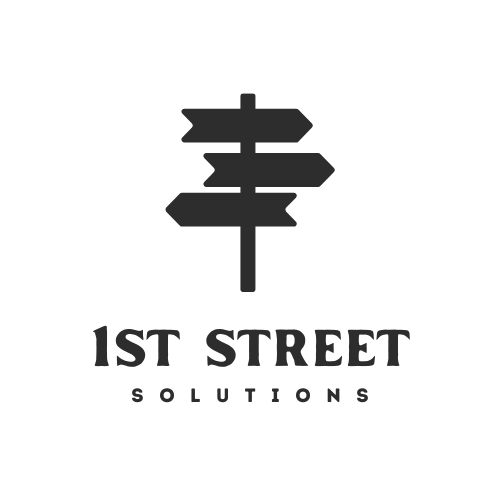I. Introduction
A. What is RoHS Certification?
RoHS Certification is a compliance standard established under the European Union’s Restriction of Hazardous Substances (RoHS) Directive. This directive limits the use of specific hazardous materials—such as lead, mercury, cadmium, hexavalent chromium, and certain flame retardants—in electrical and electronic equipment. The certification ensures that products sold within the EU are free from these harmful substances, safeguarding both human health and the environment. RoHS Certification is essential for manufacturers, importers, and distributors to legally sell their products in the EU market and increasingly in other regions worldwide.
B. Key Requirements of RoHS Certification
RoHS Certification requires businesses to adhere to strict limits on the concentration of hazardous substances in their products. The directive restricts the use of six major hazardous materials, including lead, mercury, and cadmium. Companies must conduct thorough testing and maintain proper documentation to demonstrate compliance. This involves product assessments, supply chain audits, and periodic testing. Additionally, the directive requires companies to maintain a technical file, including test reports and risk assessments, for potential regulatory reviews. Non-compliance can result in fines, product recalls, and restrictions on market access.
C. Benefits of RoHS Certification for Businesses
RoHS Certification offers significant advantages for businesses, including access to the lucrative European Union market, which mandates compliance for all electrical and electronic products. By ensuring that products are free from hazardous substances, companies can enhance their brand reputation as environmentally responsible and safety-conscious. Compliance also reduces the risk of legal penalties and product recalls, safeguarding a company’s market position. Furthermore, RoHS Certification aligns with global sustainability goals, opening up opportunities in other markets that adopt similar regulations, thereby expanding business growth potential.
II. What is RoHS Certification?
A. Definition and Background of RoHS Directive
The RoHS Directive, established by the European Union in 2003, stands for the Restriction of Hazardous Substances. It was created to limit the use of specific toxic materials, such as lead, mercury, cadmium, hexavalent chromium, and certain flame retardants, in electrical and electronic equipment. The directive was a response to growing concerns about the environmental and health impacts of hazardous waste. It applies to a wide range of products, including household appliances, IT equipment, and consumer electronics, ensuring these items are safer for both consumers and the environment.
B. Key Objectives and Significance in Reducing Hazardous Materials in Electronic Products
The primary objective of the RoHS Directive is to reduce the environmental and health risks associated with hazardous substances in electronic products. By limiting the use of these materials, the directive aims to minimize the amount of toxic waste generated during product disposal. This reduction is significant in preventing environmental contamination, protecting human health, and promoting safer recycling practices. RoHS also drives innovation by encouraging manufacturers to develop safer, more sustainable alternatives, thereby contributing to the global movement towards greener technology and sustainable production.
C. Explanation of RoHS Compliance and Certification Process
RoHS compliance involves meeting the directive’s requirements by ensuring that electronic products do not exceed the allowed levels of hazardous substances. The certification process typically includes product testing, supply chain audits, and documentation reviews to verify that all components meet the RoHS standards. Businesses must maintain a technical file that includes compliance documentation, test reports, and risk assessments. Third-party testing laboratories often perform these tests. Once compliance is confirmed, products can be marked with the RoHS label, signifying that they meet the necessary regulatory standards for market entry.
III. The Key Requirements of RoHS
A. Overview of Restricted Substances under RoHS
The RoHS Directive restricts the use of six hazardous substances in electrical and electronic equipment. These substances include lead (Pb), mercury (Hg), cadmium (Cd), hexavalent chromium and two types of flame retardants: polybrominated biphenyls (PBB) and polybrominated diphenyl ethers (PBDE). These materials pose significant risks to human health and the environment, leading to their regulation under RoHS. Their presence in electronic waste can cause serious environmental damage and health issues, which is why their use is heavily regulated in products sold within the European Union and other regions that have adopted RoHS standards.
B. Discussion on the Maximum Allowable Concentrations of These Substances
RoHS regulations set strict limits on the concentration of the restricted substances in electronic products. The maximum allowable concentration is 0.1% (1000 ppm) by weight for lead, mercury, hexavalent chromium, PBB, and PBDE in homogeneous materials. Cadmium has an even stricter limit of 0.01% (100 ppm). These thresholds ensure that products entering the market are significantly safer for consumers and less harmful to the environment. Manufacturers must rigorously test their products to ensure these limits are not exceeded, maintaining compliance with RoHS regulations and avoiding potential penalties.
C. Update on the Latest Amendments and Exemptions in RoHS Regulations
RoHS regulations are periodically updated to address new scientific findings and technological advancements. The most recent amendments, known as RoHS 3, added four additional substances to the restricted list: certain phthalates used as plasticizers. Additionally, RoHS includes specific exemptions where the restricted substances can be used in certain applications where alternatives are not yet viable. These exemptions are subject to review and renewal, ensuring that the directive remains relevant and effective in reducing hazardous substances. Businesses must stay informed about these changes to maintain compliance and leverage any applicable exemptions.
IV. Steps to Achieve RoHS Certification
A. Initial Assessment and Preparation
The first step to achieving RoHS Certification is conducting an initial assessment of your products and supply chain. This involves identifying components and materials that may contain restricted substances and evaluating their compliance with RoHS limits. Preparation includes gathering material declarations from suppliers, assessing the need for alternative materials, and developing a compliance strategy. It’s crucial to create a comprehensive plan that outlines the steps needed to meet RoHS requirements, including timelines, resources, and responsibilities. Early preparation helps identify potential compliance issues and mitigates the risk of delays in the certification process.
B. Testing and Verification Procedures for Product Compliance
Once the initial assessment is complete, products must undergo rigorous testing to verify compliance with RoHS standards. This includes chemical analysis to detect the presence and concentration of restricted substances such as lead, mercury, and cadmium. Accredited testing laboratories use advanced techniques like X-ray fluorescence (XRF) and inductively coupled plasma (ICP) analysis to ensure accuracy. Verification also involves evaluating components from suppliers to confirm they meet RoHS limits. Regular testing throughout the production process is essential to maintain ongoing compliance and ensure that no restricted substances exceed the permissible levels.
C. Documentation and Submission Process for Certification
After testing and verification, the next step is to compile all necessary documentation for RoHS Certification. This includes test reports, supplier declarations, risk assessments, and a technical file detailing the product’s compliance strategy. The technical file should also include a conformity assessment and any applicable exemptions. This documentation is then submitted to the relevant authorities or certification bodies. Proper documentation is crucial, as it serves as evidence of compliance during inspections or audits. Maintaining accurate records also facilitates smooth renewals or updates to the certification as regulations evolve.
D. Importance of Selecting Accredited Testing Laboratories
Choosing an accredited testing laboratory is vital for ensuring reliable and accurate RoHS compliance results. Accredited labs adhere to international standards, providing confidence in the validity of their testing methods and results. These labs are equipped with advanced technology and expertise to accurately detect restricted substances within the specified limits. Working with a recognized lab also ensures that your certification process meets regulatory requirements and minimizes the risk of non-compliance. Additionally, accredited labs often offer guidance on improving compliance strategies, helping businesses avoid costly mistakes and streamline the certification process.
V. Conclusion
A. Recap of the Importance of RoHS Certification for Businesses and the Environment
RoHS Certification is crucial for businesses aiming to protect the environment and ensure consumer safety by limiting the use of hazardous substances in electronic products. It is a key requirement for accessing the European market and increasingly relevant in other regions adopting similar regulations. Beyond compliance, RoHS Certification enhances a company’s reputation as an environmentally responsible entity, contributing to global sustainability efforts. By adhering to RoHS standards, businesses not only meet legal obligations but also play a vital role in reducing electronic waste and environmental contamination.
B. Encouragement for Businesses to Pursue RoHS Certification for Better Compliance and Market Opportunities
Pursuing RoHS Certification is not just about meeting regulatory requirements; it opens doors to broader market opportunities. Certified products can be sold in the EU and other regions that recognize RoHS standards, expanding your market reach. Additionally, RoHS Certification demonstrates a commitment to sustainability, which is increasingly valued by consumers and partners. This proactive approach to compliance also minimizes the risk of legal issues and enhances brand credibility. By investing in RoHS Certification, businesses position themselves as leaders in quality and environmental stewardship, gaining a competitive edge in the global marketplace.



